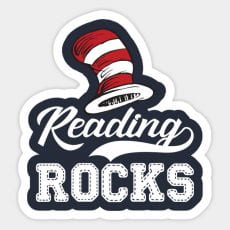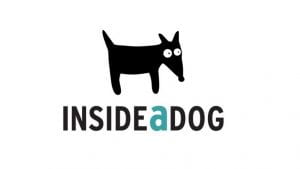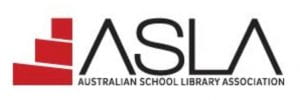
Challenging, confronting, though provoking, demanding, all words that sum up my feelings while undertaking ETL504. Reflecting on this unit, I can say I am surprised I survived. Often I shook my head and questioned my reasons for studying at all. As the unit draws to a close, I am proud of myself, I persevered in the face of adversity. If I can do this, I can be a Teacher Librarian (TL), I can be a leader. It turns out the questionnaire for Module 3 on conflict resolution was incorrect – I’m not an avoider after all, though I did consider this to be the case in my blog post at that time, Think and Reflect Module 3. (Taylor, 2019, August 4).
ETL504 saw the creation of study groups, I was placed in group 1. This group consisted of five very dedicated TLs in training. I call myself fortunate to be placed in such a proactive and supportive group. McNee and Radmer (2017) suggest it is through collaboration with the teacher librarian that provides deeper learning. From my experience with this group, it certainly does. This was evidenced when reading groups members’ thoughts. In case study 5 (Group 1, 2019) Gillian suggested an alternate idea to my own. I was able to mesh the two ideas together to form a solid understanding of the issue.
Each week we would give our initial thoughts to the scenario and leave feedback on others. We had no designated leader, in fact everyone stepped up seamlessly as if by plan. This to me seemed to highlight Gottlieb’s (2012) Leading from the middle. We brought out the best in each and we helped each other step into our own potential (Gottlieb, 2012). Each of us was both a leader and a follower, it was an ideal way to work.
The content of the scenarios itself seemed to come straight from my reality. With similar situations arsing at my school, though I never had to deal with them as directly as in the scenario. I mention the role my boss—the Head of Information Services—holds in my first blog post for this unit in My current understanding of leadership for a TL (Taylor, 2019, July 11), it scared me then, now? I am really in awe of what she does every day. She collaborates with other teachers daily and manages a team of ten, yet she helps us all develop our best practice. This to me demonstrates she’s using an instructional leadership style. As Green (2011) suggests this style of leadership sees the TL provide connected learning role and nurtures relationships.
Case Study 4 (Group1, 2019a) for me was the most engaging and relevant. Our group discussed the importance of having shared vision, which prior to this I only saw as necessary so we progressed to the same place. Now I realise that having shared vision enables the team to share skills and develop them amongst the team. As Karlene Irving (2019) mentions in her blog post Online Collaborations: Navigating the Way Part 2! A shared collegial vision leads to the teams’ capacity to build knowledge.
So key takeaways for me?
- Do not be scared – I can do anything I set my mind too.
- Research and research some more, a good leader knows the job.
- Surround yourself with positive likeminded individuals – you encourage each other.
References
Group 1. (2019, September 20). Thread: group 1 Stephanie Baker, Gillian Cornwell, Karlene Irving, Jannet Taylor, Kerrie-Anne Watt [Online discussion comment]. Retrieved from Charles Sturt University website: https://interact2.csu.edu.au/webapps/discussionboard/do/message?action=list_messages&course_id=_42385_1&nav=discussion_board_entry&conf_id=_78888_1&forum_id=_164188_1&message_id=_2499607_1
Group 1. (2019a, September 6). Group 1 [Online discussion comment]. Retrieved from Charles Sturt University website: https://interact2.csu.edu.au/webapps/discussionboard/do/message?action=list_messages&course_id=_42385_1&nav=discussion_board_entry&conf_id=_78888_1&forum_id=_164189_1&message_id=_2467906_1
Gottlieb, H. (2012). Leading from the middle: bringing out the best in everyone [Blog post]. Retrieved from https://creatingthefuture.org/leading-from-the-middle-bringing-out-the-best-in-everyone/
Green, G. (2011). Learning leadership through the school library. Access, 25(4), 22-26. Retrieved from https://search-proquest-com.ezproxy.csu.edu.au/docview/911088452?accountid=10344
Irving, K. (2019, September 18). Online Collaborations: Part 2! [Blog post]. Retrieved from http://thinkspace.csu.edu.au/karleneirving/2019/09/18/online-collaborations-navigating-the-way-part-2/
McNee, D. & Radmer, E. (2017). Librarians and learning: The impact of collaboration. English Leadership Quarterly, 40 (1), 6-9. Retrieved from https://search-proquest-com.ezproxy.csu.edu.au/docview/1929035671/fulltextPDF/5BAF868D2A304220PQ/1?accountid=10344









 (Vision glasses image, 2019)
(Vision glasses image, 2019)





